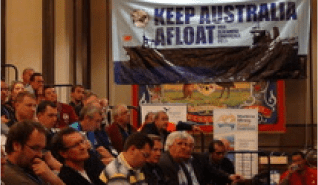Our History
The Construction, Forestry, Maritime And Employee Union is an amalgamation of a great many unions, each with their own proud history.
Construction & General
Maritime
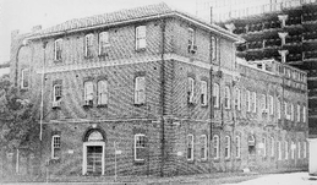
1990s
The Construction and General Division was formed in the early 1990s with the creation of the national CFMEU. The creation of a single building union had been a policy objective of various building unions for decades with records showing the Queensland Branch of the Operative Painters and Decorators Union (OPDU) carried resolutions calling for a single industry union to be created as early as the 1920s. The rationale behind this policy position was the logical view that members would be better represented by a larger industry-based union rather than the traditional craft unions.
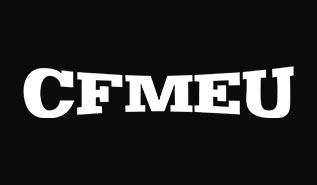
2018
In March 2018, a two-year long process ended resulting in a merger between the old CFMEU, the Maritime Union of Australia and the Textile, Clothing and Footwear Union of Australia. The new CFMEU had a membership of approximately 144,000, 1% of the Australian workforce, with combined assets of $310 million and annual revenue of approximately $146 million.
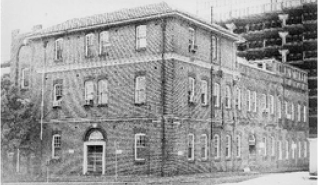
1872
The Sydney Wharf Labourers Union was established in 1872, eventually leading to formation of the Waterside Workers Federation in 1902. In 1906, several unions came together toform the Seamen's Union of Australia. During this period, the world witnessed great maritime strikes, especially in England and Australia, which would set the stage for internationalism and class struggle.
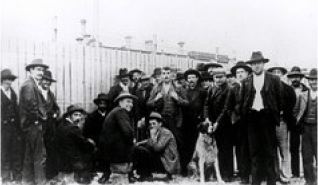
1914
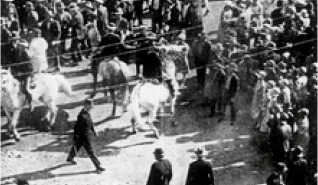
1928

1929
The 1929 Depression hits maritime workers hard. Thousands of maritime workers could not find work, and membership in the WWF dropped by half. The Hungry Mile, the area at DarlingHarbour in Sydney, teemed with maritime workers walking from wharf to wharf looking for work.
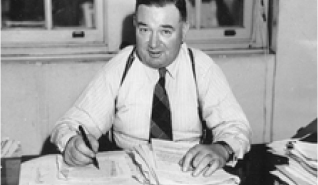
1936 – 1972
James "Big Jim" Healy modernises the WWF, rising in 1937 to be its general secretary. He is the first editor of the WWF's journal, the Maritime Worker. He joins the Communist Party and is a committed internationalist, campaigning in support of waterside workers' boycotts of Japan and a boycott of Dutch ships from 1945-1949 as a way to bolster the Indonesian independence movement.
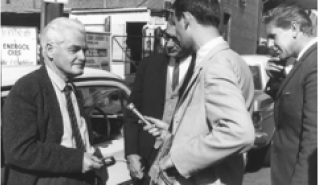
1936 – 1972

1936 – 1972
The gang system replaces the "bull" system, a revolutionary step forward. The "bull" system ensured that the largest men (the bulls) were chosen first for work, whilst other workers often missedout. Waterfront workers would, from that moment on and to this day, be picked up on the basis of rotation and equity (through rostered groups), rather than having to get work based on the whim of foremen or company preferences.
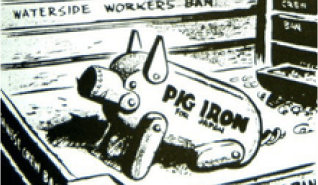
1936 – 1972
In November 1938, Port Kembla wharfies refuse to load pig iron on to the Dalfram, a boat bound for Japan. It is a courageous action, joining worldwide work stoppages to stop the flow ofiron and other war supplies to Japan in the years leading up to World War II. Wharfies fear that the pig iron will end up in bombs dropped on Australia, as well as instruments of war against China and other nations. By threating to bring in scab labour, Attorney General R. G. Menzies earns the historic label, "Pig Iron Bob". Ultimately, the Dalfram is loaded but future pig iron shipments cease
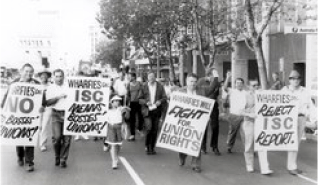
1972 - 1992

1972 - 1992
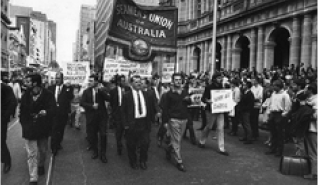
1972 - 1992
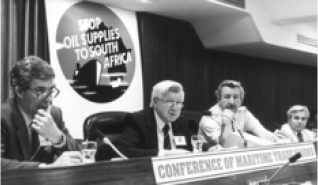
1972 - 1992
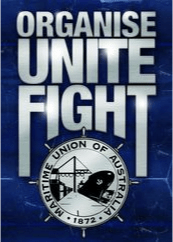
1993 – Present
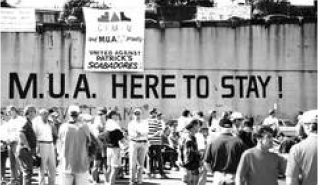
1993 – Present

1993 – Present

1993 – Present
